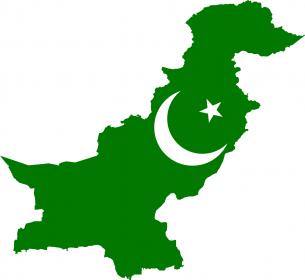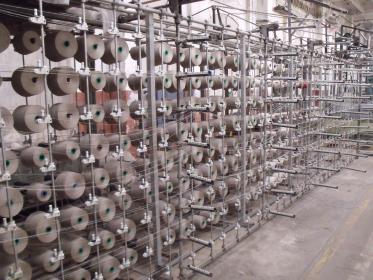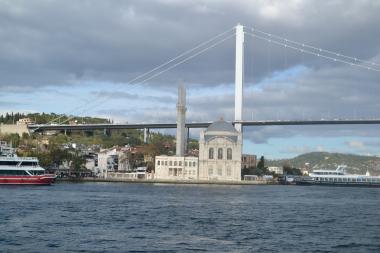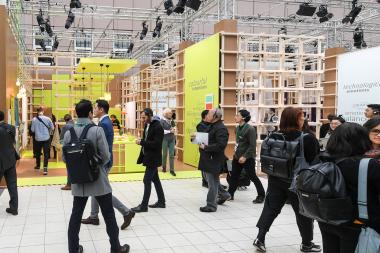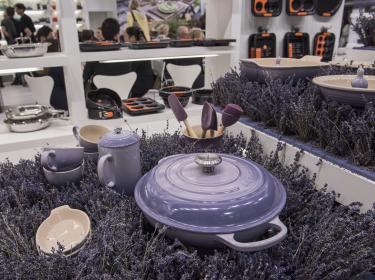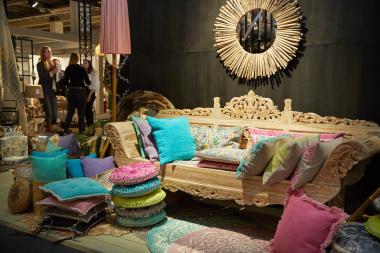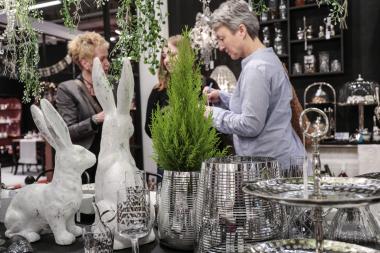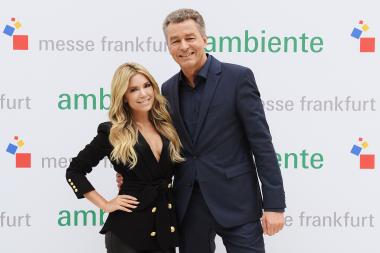Water Saving Solution for Textile Industry EC Project Waste2Fresh
The Fraunhofer Institute for Biomedical Engineering IBMT, with its long-term expertise in nanotoxicity and nanosafety testing, contributes to a new EC project for water saving solutions for textile industry. This industry uses a vast amount of water for different steps in the textile dyeing process. It also produces a lot of wastewater, which contains a range of chemicals and dyes.
Breakthrough innovations are needed in energy intensive industries to recycle water and create closed loops in industrial processes. 20% of global industrial water pollution comes from textile manufacturing. To reduce the high amount of freshwater used in textile industry, the EC-funded Waste2Fresh project will develop a closed-loop process for textile manufacturing factories in which wastewater is collected, recycled and used again. Novel and innovative catalytic degradation approaches with highly selective separation and extraction techniques will be developed, based on nanotechnology. According to the European Commission, such “closed loops“ would significantly reduce the use of fresh water and improve water availability in the relevant EU water catchment areas, as outlined in the Water Framework Directive.
Closed loop recycling system for wastewater from textile manufacturers
Waste2Fresh meets the above challenges and industry needs by developing and demonstrating (to TRL 7) a closed loop recycling system for wastewater from textile manufacturing factories; to counteract freshwater resource scarcities and water pollution challenges exacerbated by energy intensive industries which are major users of fresh water (for e.g., processing, washing, heating, cooling).
The Waste2Fresh technology is developed to reduce current use of freshwater resources and considerably increases the recovery of water, energy and other resources (organics, salts and heavy metals). The result is a 30% increase in resource and water efficiency compared to the state-of-the-art. The system will ultimately lead to considerable environmental improvements and accordingly reduce the EC and global environmental footprint.
Fraunhofer IBMT expertise in human-toxicity and -safety testing
The Fraunhofer Institute for Biomedical Engineering IBMT will be primarily responsible for performing nanotoxicity and nanosafety testing during the whole technology process (from development to demonstration), ensuring that the developed system and processes meet relevant safety regulations. The Fraunhofer IBMT collaborates with all consortium partners developing and using to develop approaches for ensuring that the developed nanomaterial-based components meet relevant health and safety standards during their use.
For the hazard assessment of the developed nanomaterials, the Fraunhofer IBMT will perform a set of in vitro toxicity studies using commercially available human cell lines. The results of this toxicity studies will be the basis for the development of relevant safety procedures for handling and using the developed recycling technology.
Project funding: H2020-EU.2.1.5.3. - Sustainable, resource-efficient and low-carbon technologies in energy-intensive process industries
Duration: 12/2020- 11/2023
Coordinator:
KONYA TEKNIK UNIVERSITESI, Turkey
Project partners:
CENTRE FOR PROCESS INNOVATION LIMITED LBG, United Kingdom
ERAK GIYIM SANAYI VE TICARET ANONIM SIRKETI, Turkey
FRAUNHOFER GESELLSCHAFT ZUR FOERDERUNG DER ANGEWANDTEN FORSCHUNG E.V., Fraunhofer-Institut für Biomedizinische Technik IBMT, Germany
INNOVATION IN RESEARCH & ENGINEERING SOLUTIONS, Belgium
INSTYTUT MOLEKULYARNOI BIOLOGII I GENETYKY NAN UKRAINY, Ukraine
L'UREDERRA, FUNDACION PARA EL DESARROLLO TECNOLOGICO Y SOCIAL, Spain
NANOFIQUE LIMITED, United Kingdom
NANOGENTECH LTD, United Kingdom
PCI MEMBRANES SPOLKA Z OGRANICZONA ODPOWIEDZIALNOSCIA, Poland
STIFTELSE CSDI WATERTECH, Norway
THE OPEN UNIVERSITY, United Kingdom
ULUDAG CEVRE TEKNOLOJILERI ARGE MERKEZI SANAYI VE TICARET LIMITED SIRKETI, Turkey
UNIVERSIDAD INDUSTRIAL DE SANTANDER, Colombia
UNIVERSITA DEGLI STUDI DI TRENTO, Italy
VEREALA GMBH, Switzerland
VSI SOCIALINES INOVACIJOS SVARESNEI APLINKAI, Lithiani
Fraunhofer Institute Fraunhofer IMBT Waste2Fresh textile industry dyeing and finishing water consumption textile waste ocean waste wastewater discharge
Fraunhofer IMBT




